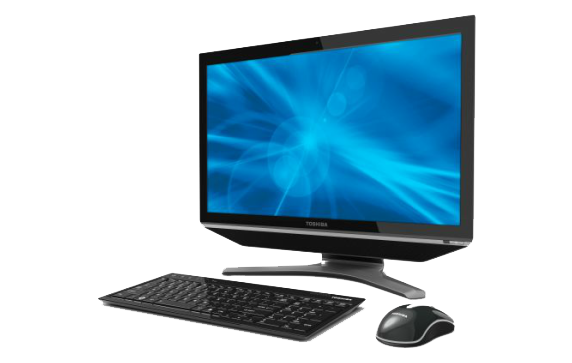Basic Computer Troubleshooting
Why do you need to understand basic computer troubleshooting? Because your computer will never crash, or tell you that, “this program is not responding” late on a Friday afternoon when you have the weekend and Monday off as well and really couldn’t care what happens.

No, it will play up exactly 10 minutes before a critical deadline, give or take a minute or so, on Tuesday morning. That’s why you need to have basic computer troubleshooting skills! The British call it Sod’s Law. Even if you don’t understand that, you probably get the general idea; if something can go wrong at the worst possible time, it probably will!
When something goes wrong with your computer, stay calm. Step back and appraise the situation. Many a time a small problem has been pushed into a major problem by someone panicking and doing something stupid and irreversible without a clear evaluation of what has actually gone wrong.
If your computer is still functioning to some extent, back up whatever you were working on if you can. That way you will at least not lose your work and the time you spent doing it. Spend a few moments trying to minimize the damage as much as possible before doing anything drastic. Doing this simple step has saved many hours of unnecessarily re-doing work.
If the computer is doing strange things, simply switch it off and leave it for a minute or two. Then switch it on again. This simple action is an important one to learn for your basic computer troubleshooting arsenal. Your computer performs hundreds of commands every second. Occasionally one of the commands gets a little bit mixed up and causes a problem. All it takes to right it again is a simple reboot of the system.
If you are still experiencing problems, stop a moment and think about the last thing you did just before the problem started. This can often be the cause of the problem, so give it as much thought as it needs. You may still be left wondering how to undo the problem, but at least you will be able to tell the technician who comes to repair it what may be the cause.
Modern computers have a spaghetti dish of cables coming and going to various external devices, such as printers, scanners, external backup drives, etc. Check all the connections carefully, one by one. Often a problem can be traced to a faulty connection that simply needs pushing firmly together.
If your computer is acting very strangely, then your basic computer troubleshooting skills may have to extend to checking the system for viruses, spyware, malware or Trojans. If you don’t have the appropriate software installed on your computer, you can get your system scanned free from various sites that offer this service. If you do have the necessary software, keep the definitions up to date and use the programs often.
Basic computer troubleshooting skills are little more than commonsense most of the time. Approach the problem in a systematic manner, trying one thing at a time instead of panicking like a headless chicken. You are likely to discover the cause of your problems much quicker if you stay calm and collected.
